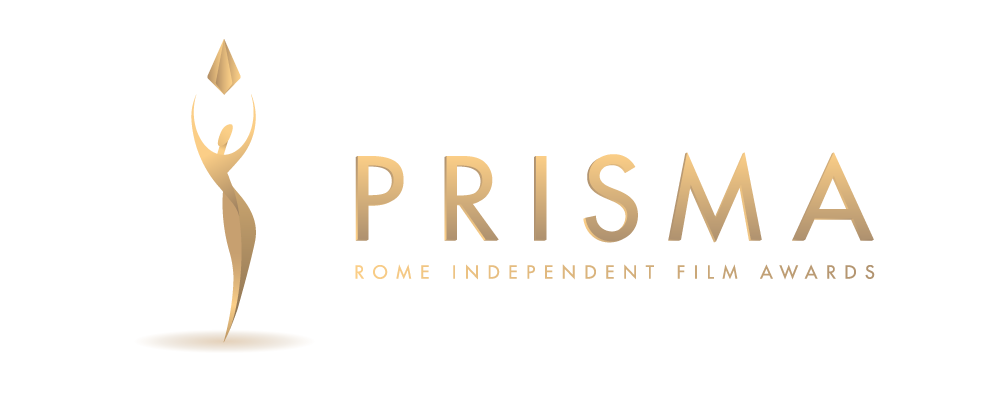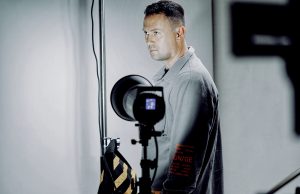13 Giu An interview with Michal Kar, director of “Birth of a Muse”
“Now you’re looking for the secret, but you won’t find it…because you’re not really looking. You don’t really want to know. You want to be fooled.”
― Christopher J. J. Nolan
BIO
Michal Kar is a Photographer / Director based in Los Angeles. He began his journey in the industry and started his way into the arts after finishing his Bachelors and Masters Degree in Fine Art. After moving to Los Angeles he started exploring cinematography alongside photography while developing his artistic vision and style. At the core, a fashion photographer, creative director, but also a director with extensive experience working with major brands all over the world such as Vogue, Elle, Belstaff, Nike and Farfetch. Working with designers and brands to craft a narrative with striking visual themes that people can resonate with. Having an eye for aesthetics extends his vision and complements his keen sense of storytelling.
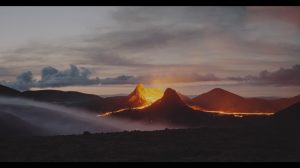
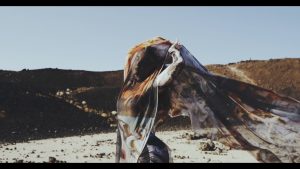
“Birth of A Muse” is a riot of sensations, references, symbols and poetry. Despite being a short film, it is incredibly rich from a poetic point of view. What prompted you to realize this vision? What was the first spark?
Upon watching Beyoncé’s experimental feature movie “Black is King”, I was incredibly impressed with the visual feast of the 85-minute piece. I was enamored by the stunning imagery that permeates every frame, courtesy of a varied crew of spectacular cinematographers who vibrate individuality while working together to create a cohesive look to the set pieces. Ibra Ake and Emanuel Adjei’s vision was very moving and inspiring, and I found myself inspired to create something similar.
Of course, my budget restraints were far different to that of Beyonce’s, and therefore we decided to focus on detail rather than scope, creating a similar piece albeit on a smaller scale and in a shorter form. This provided a challenge that I was excited to experience, and the idea of a smaller-scale project provided me with more freedom of creative expression than I had initially realized.
When curating a concept for this piece, I was drawn back to my consistent fascination with ancient mythology, which typically materialized to me in the origins of Sumerian civilizations or Biblical myths. In my research, I stumbled upon old texts of Hesiod and his collection of poems “THEOGONY”, which were written in the 8th century BC. Hesiod’s poems beautifully envisioned his view of Mount Helicon, a sacred place where ancient Muses were born. His vivid descriptions, although written over 2000 years ago, were incredibly visual and immediately moved me. In the moment upon reading them, I knew my piece would be revolved around Greek mythology and this very same literature.
One of the greatest inspirations for this piece was the location itself, a unique area that looks nothing like the California that the greater public is aware of. Shooting in an entirely deserted place played out beautifully as a robust cinematic set piece. I had been desperate to shoot here for a few years prior, and always knew that only a unique project would allow me the opportunity. It feels special and right therefore that it was this film that brought me back.
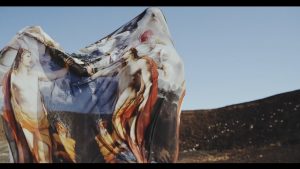
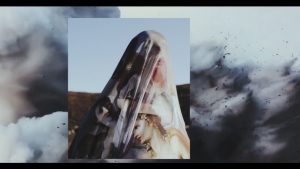
The film makes use of the precious collaboration of the designer Alejandro Peraza. What kind of artistic relationship was born between you? How did you collaborate in the creation of this aesthetic?
Initially, Alejandro was one of the designers for Beyoncé’s Black is King, though he has also designed for renowned celebrities such as Nicki Minaj, Kylie Jenner, Kim Kardashian to name but a few. We’ve collaborated before through photography, but this is the first time we’ve had the opportunity to explore the medium of film together.
We have always shared a love of the same striking aesthetics, and the moment I saw Alejandro’s wonderful graphical collection, everything started to click together. At that moment, the location, the Hesiod poems and his collection became a cohesive, creative unit, and the vision for this piece made itself apparent to me. Without each of those separate elements bringing something original and individualistic to the piece, this film would never have come to life in the way that it did.
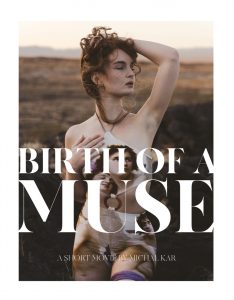
In this synaesthetic film, directing is a fundamental aspect, but it is equally complex. What is your directorial approach to a movie that is so physical but at the same time abandons narrative certainties?
My work is driven by an interest in communicating a feeling, both within the individual images and through the body of work as a whole. This is the very reason why I am drawn so strongly towards experimental filmmaking. Furthermore, the freedom it provides to the filmmakers who utilize it, such as whether they utilize full narration or only some small elements, makes it appear to be one of the most potent mediums filmmakers can utilize.
This potency is creatively freeing too for pure narrative filmmaking is all about restraint in what you show and how you show it, but experimental filmmaking allows you to throw that very same restraint into the wind. You can therefore make creative decisions that wouldn’t typically be deemed acceptable or appropriate in the world of narrative film. You can express emotions, ideas, concepts, and anything else you desire through literal or abstract imagery, juxtapositional editing, and creative use of sound design.
This process is so inspiring and satisfying to me, and I love the lack of boundaries in every element of the process, even in terms of stacking, manipulating, and compositing video in the editing room. The notion of taking some of the most spectacularly abstract or mundane images and sounds and rearranging them into something entirely fresh and new is something I think can only really be found in experimental filmmaking. It’s a world of its own, a powerfully creative art form that refuses its users to have to compromise. Its opportunities truly are endless.
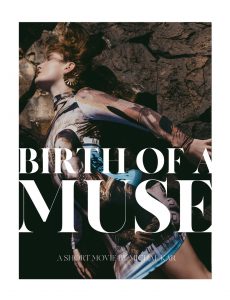
In this synaesthetic film, directing is a fundamental aspect, but it is equally complex. What is your directorial approach to a movie that is so physical but at the same time abandons narrative certainties?
My work is driven by an interest in communicating a feeling, both within the individual images and through the body of work as a whole. This is the very reason why I am drawn so strongly towards experimental filmmaking. Furthermore, the freedom it provides to the filmmakers who utilize it, such as whether they utilize full narration or only some small elements, makes it appear to be one of the most potent mediums filmmakers can utilize.
This potency is creatively freeing too for pure narrative filmmaking is all about restraint in what you show and how you show it, but experimental filmmaking allows you to throw that very same restraint into the wind. You can therefore make creative decisions that wouldn’t typically be deemed acceptable or appropriate in the world of narrative film. You can express emotions, ideas, concepts, and anything else you desire through literal or abstract imagery, juxtapositional editing, and creative use of sound design.
This process is so inspiring and satisfying to me, and I love the lack of boundaries in every element of the process, even in terms of stacking, manipulating, and compositing video in the editing room. The notion of taking some of the most spectacularly abstract or mundane images and sounds and rearranging them into something entirely fresh and new is something I think can only really be found in experimental filmmaking. It’s a world of its own, a powerfully creative art form that refuses its users to have to compromise. Its opportunities truly are endless.
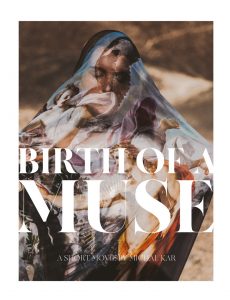
At this point, it’s impossible to hold back our curiosity. So, what will your next project be? Will it be in the same poetic direction as “Birth of A Muse”? We would love to hear more.
After the creative exploration of making this film, I’m excited to expand my work in the medium of film. Collaboration is one of the most important and nourishing aspects of working in this medium, and therefore I look forward to furthering collaborations with designers and influential artists. I’m not interested in growing stagnant with my work or creative evolution, and I therefore look forward to continuously finding new and challenging ways of experimenting and expressing my vision and ideas.
I’m incredibly excited for my solo exhibition in Los Angeles soon too. It’s here that I will be able to showcase my latest conceptual art video piece that utilizes large format photography. I’m excited to see the public reaction to my expression of the bold, luxurious gaze we bestow upon the intricate precariousness and complexity of human sexuality. For someone who revels in experimentation, there is not much more exciting than defying traditional conventions, particularly within the already established art industry. If you’re not pushing boundaries, you’re not growing, and I have too many plans to allow myself to become stagnant in my creativity.
